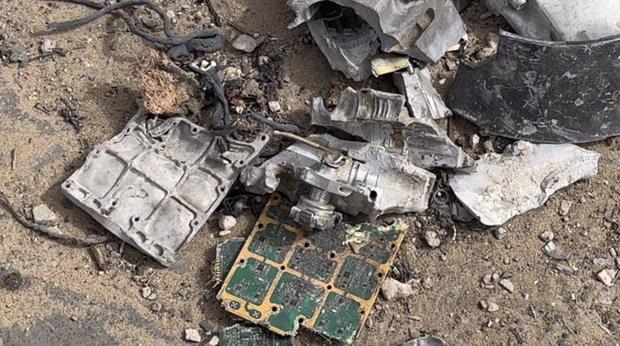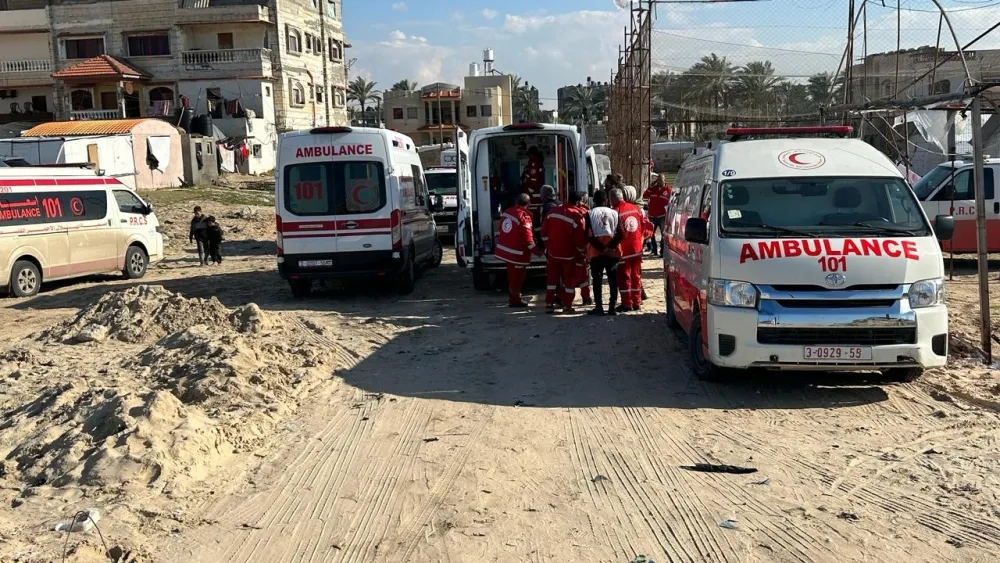U.S.-Made Bomb Identified in Israeli Strike on Rafah
The aftermath of an Israeli strike in Rafah revealed the use
of a U.S.-manufactured GBU-39 bomb, according to insights from munitions
experts. Trevor Ball, a former U.S. Army ordnance disposal technician, swiftly
recognized the distinctive features of the bomb from shrapnel images. He
stated, "I instantly knew the housing was a GBU... it's a very distinct
object."
Journalist Alam Sadeq, documenting the scene, discovered
shrapnel fragments bearing English inscriptions. These crucial pieces of
evidence, collected from the vicinity of damaged civilian tents, were instrumental
in identifying the bomb.
Ball's expertise, coupled with images provided by Sadeq,
allowed for a comprehensive analysis. Ball highlighted the uniqueness of the
bomb's actuator assembly, confirming its identity.
Richard Weir, from Human Rights Watch, corroborated Ball's
findings, emphasizing the critical match between the bomb's tail section and
the GBU-39's specifications. Weir underscored the alignment with the bomb's
small diameter and explosive weight.
Israeli military spokesperson Daniel Hagari defended the
strike, attributing it to precise intelligence targeting terrorists. He
detailed the use of munitions with small warheads, asserting that the resulting
fire's magnitude exceeded the bomb's capacity alone.
Following the strike, Israeli Prime Minister Benjamin
Netanyahu acknowledged the incident as a "tragic mishap," pledging an
investigation. However, both Weir and Ball emphasized the inherent risks
associated with any bomb deployment, particularly in densely populated areas.
Weir criticized the choice of the GBU-39, noting Israel's
access to alternative munitions better suited for precision strikes in
populated regions. Ball concurred, highlighting the potential for any bomb,
regardless of size, to ignite fires in areas abundant with flammable materials.
This incident underscores the complex considerations and
consequences surrounding the use of advanced munitions in conflict zones,
prompting calls for greater scrutiny and restraint in military operations.










.jpg)